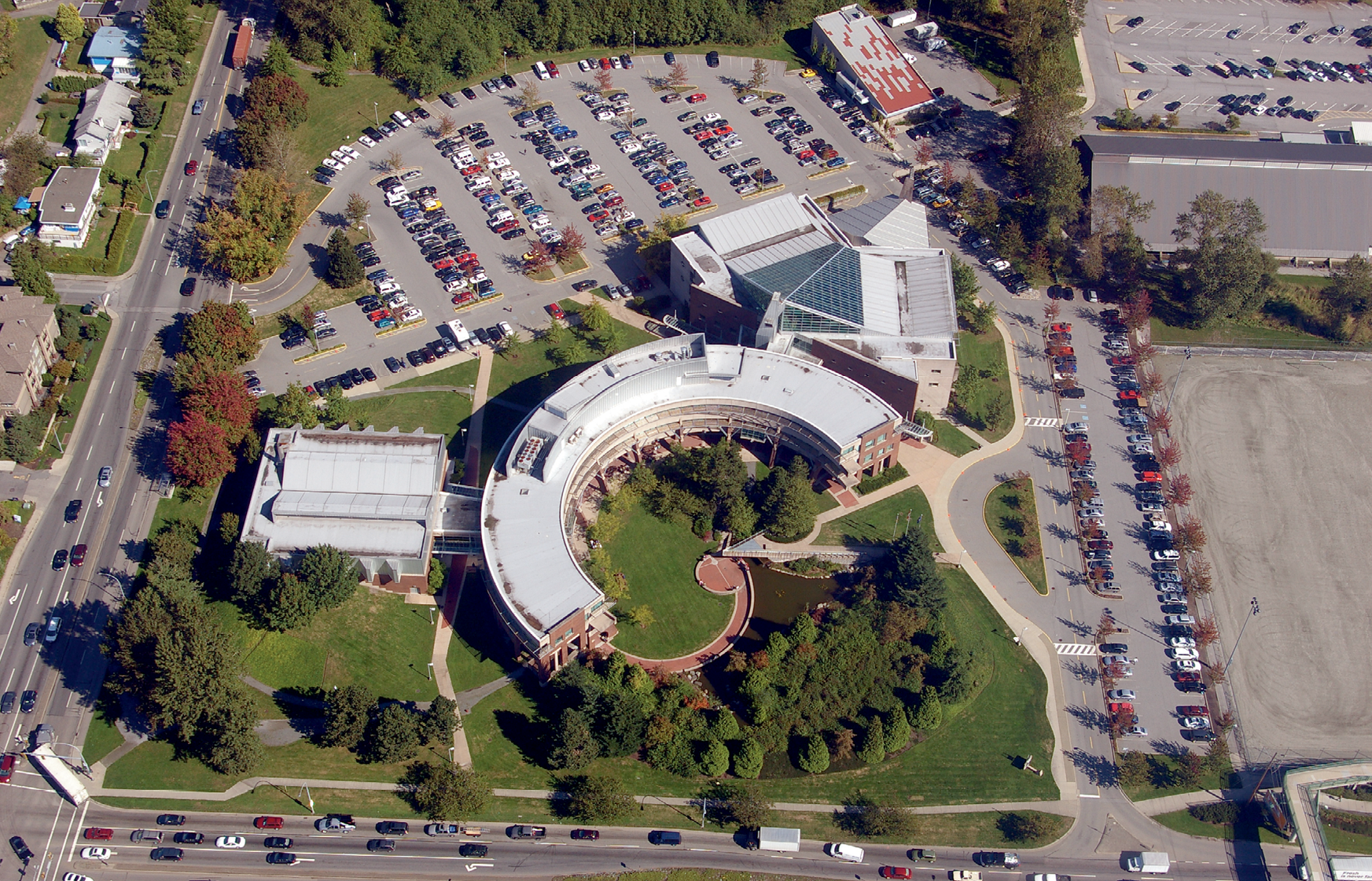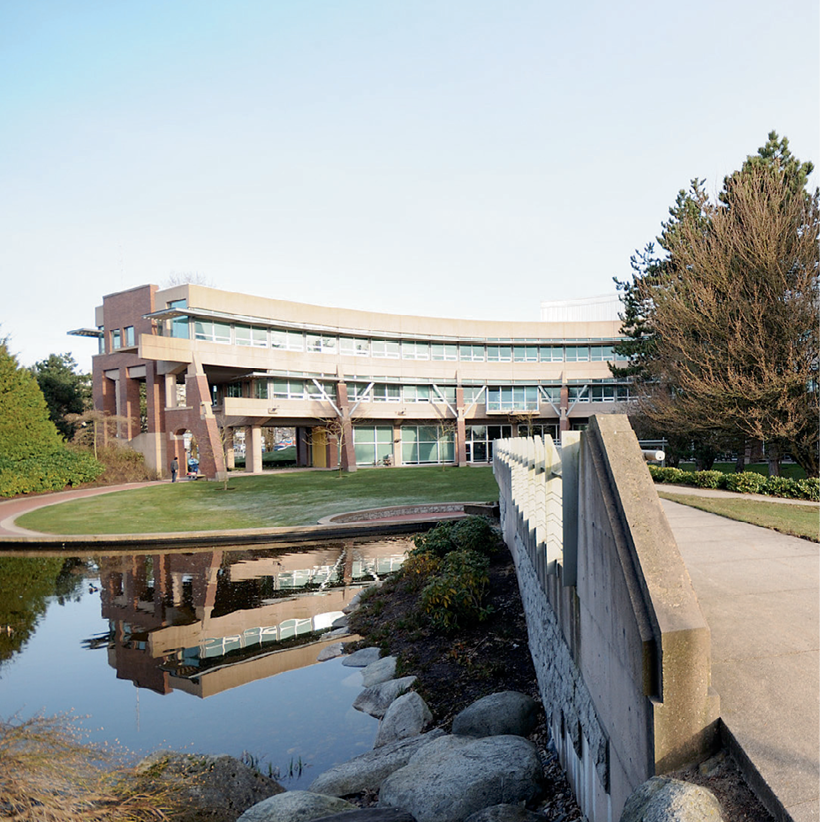
An AJEM interview with Raelene Thompson, Executive Director, Australian Emergency Management Institute (AEMI)
The development of AEMI as an educational Centre of Excellence is recognised as a vitally important step towards the growth and development of the emergency management sector in Australia.
Everywhere, higher education is faced with great challenges related to financing, equity of conditions, access to studies, improved staff development, skills-based training enhancements and the preservation of quality in teaching, research and services, relevance of programs, employability of graduates and establishment of efficient international co-operative agreements.
At the same time, higher education is being challenged by new opportunities relating to technologies that will improve the ways in which knowledge can be produced, managed, disseminated, accessed and controlled.
As a consequence of these issues in education generally, the AEMI Executive Director, Raelene Thompson is on a mission to benchmark AEMI’s ‘excellence’ efforts and provide information to assist the Institute to better understand how AEMI compares with its international counterparts. On this journey, Raelene recently visited several key international educational institutions: the Justice Institute of British Columbia in Vancouver Canada; the Cabinet Office Emergency Management College, York, England and The Asian Disaster Preparedness Center, Bangkok, Thailand. The Australian Journal of Emergency Management caught up with her on her return.

Aerial view of the JIBC, New Westminster, Vancouver, Canada.
According to Ms Thompson, The Justice Institute of British Columbia (JIBC) is one of three institutes that run emergency management courses in Canada. JIBC is considered to have one of the most forwardlooking educational programs and offers an exceptional emergency management experience, including a sophisticated simulation program. Established in 1978 with a provincial mandate under the College and Institute Act, JIBC now delivers leading edge public safety and justice education and training in British Columbia, Canada and internationally. JIBC operates seven sites across the province. Ms Thompson visited the main campus in New Westminster. JIBC offers a wide range of academic and professional programs and courses that lead to graduate certificates, diplomas and bachelor degrees. “We believed it was useful to benchmark against this organisation as they are on a similar journey to AEMI, seeking to ensure quality emergency management education for students. Unlike AEMI, JIBC runs its emergency management programs as a part of a larger institution,” Ms Thompson said.
“Given that JIBC is not the national provider, the sheer size of this beautiful, large, modern campus was unexpected. The general layout of the Institute was impressive and its lecture theatres were enviable. The breadth of their curriculum is impressive and the library is also exceptional,” she said.
JIBC is planning further expansion in the future, including provision of accommodation at the New Westminster campus (accommodation exists at the Chilliwack campus). The JBC website is www.jibc.ca
In contrast, AEMI already has a fifty-bed residential facility that enables the added experiences of networking, debriefing and reflection. AEMI also has expansive grounds that allow in-the-field training exercises where students can be taken on ‘virtual’ journeys.
Whilst at JIBC, Ms Thompson learned that many of the students enrolled at JIBC come from around British Columbia but students from further afield are also attracted to the courses because of JIBC’s reputation for high quality education in the emergency management field.

Students training in one of the simulation suites at JIBC.
“Like AEMI, JIBC uses exercise management as part of their emergency management curriculum. One of the reasons for the visit was that I was really interested to see the JIBC purpose-built simulation centre located in a fully self-contained, separate building,” she said.
The simulation centre is built around a product purchased from the UK, called the Hydra Exercise Management System. They have a plenary room with a number of break-out rooms that are all connected with closed-circuit television. Their computer control room runs the simulations and they insert issues into scenarios that are broadcast to computer programs in each of the break-out rooms. Their system operates using advanced computer technology.
Ms Thompson said, “JIBC are about to launch an interactive web-based exercise system and they are very keen to test in a simulation exercise with external participants. AEMI has offered to be one of their pilot ‘pods’ in the trial. The pilot project will assist AEMI to actively engage with JIBC’s activities and build functional relationships between both organisations while we develop a broader network of colleagues.” JIBC has strong relationships with appropriate government areas, ensuring they are aligned with legislative requirements. In contrast, AEMI is embedded in the Commonwealth Attorney-General’s department and accordingly the Australian government policy environment.
Another area of difference is that JIBC does not keep or produce the ‘doctrine’ for the sector. In fact, it appears that AEMI is unique in its role as keeper and producer of the underpinning doctrine of emergency management in Australia on behalf of, and with the participation of, the sector. AEMI has recently produced the first two publications in the new Australian Emergency Management Handbook series, building on the existing Manual Series, which contains 46 manuals providing guidance to the emergency management sector. Handbook No 1 is Disaster Health and Handbook No 2 is Community Recovery.

Grounds of the JIBC, Vancouver, Canada.
The Cabinet Office Emergency Planning College (CO EPC) is located just outside York in the north-east of England. It was chosen for this benchmarking visit because it was considered to be the most like AEMI—it is owned by government, has been around since just after WWII and is geographically like AEMI in that it is a residential college located just outside a major city. It is situated in beautiful grounds, has impressive accommodation and hospitality services and modern training facilities. The college delivers emergency planning and crisis management training and is Government-owned but contractor-operated (GOCO) being managed by SERCO (a publicly listed company). The College offers a wide range of training courses, seminars and workshops for public and private sector clients across the UK and overseas, including real-time simulation exercises.
Ms Thompson said, “We were particularly interested in this college because it now operates on a commercial (outsourced) financial model. Given that AEMI has recently adopted a new ‘fee-for-service’ model for partial cost recovery for some of its units of study and other education products; it was timely to speak to SERCO about their experiences in the 18 months since they began managing the College. Like AEMI and JIBC the College is focussed on delivering an excellent education experience to its students”.
During the visit, the College’s strategic journey was recounted, including the successful rebuilding of accommodation facilities, to bring them up to modern standards (single rooms with en-suites) and the addition of modern training facilities. “Generously, the College invited me to experience their accommodation and hospitality services, and I must say, it was a very pleasant experience indeed!” Ms Thompson said.
In contrast, AEMI’s hospitality services are also of a very high standard, with accommodation that is comfortable, but currently with shared bathrooms. Whilst the current buildings at AEMI were built in the 1970’s, the technological capability of the campus is comparable to the UK College and the JIBC. Positive feedback on AEMI technology is constantly received from somewhat surprised students. For example, AEMI recently ran a workshop on social media where students were instructed not to turn off their mobile phones. During the course, participants were tweeting comments about the course using the mobile phones. The tweets appeared on-screen in front of the whole group. Their comments related to the effective use of skype feeds and the five operating screens that were being used in the lecture theatre at the time.
Positive feedback on AEMI technology is constantly received from students. For example, AEMI recently ran a workshop on social media where students were instructed not to turn off their mobile phones. During the course, participants were tweeting comments about the course using their mobile phones. The tweets appeared on-screen in front of the whole group. Their comments related to the effective use of skype feeds and the five operating screens that were being used in the lecture theatre at the time.
CO EPC offers an impressive fifty-eight emergency management and civil protection courses. They have a strategic relationship with the prestigious Leeds University and a developing relationship with Coventry University to offer a masters-level course in emergency management. “It was interesting to note that CO EPC was on the same path as AEMI regarding aligning with other institutions. AEMI is keen to ensure it creates and maintains effective partnerships with tertiary institutions to maximise its’ effectiveness and reach in delivering education to the sector ,” Ms Thompson said. The CO EPC website is www.epcollege.com
“What was also evident from the Canada and UK visits was that the emergency management body of knowledge is moving globally from what was a ‘practical skills development base’ to a broader ‘leadership principles’ base,” Ms Thompson said. Both JIBC and CO EPC are further advanced in their use of blended learning, with AEMI just commencing the journey.
An added bonus of the visit was the opportunity to visit the UK Cabinet Office to discuss the UK approach to resilience. “The UK has been on the resilience journey for a number of years and this was the opportunity to determine what might be relevant for AEMI in giving effect to the National Strategy for Disaster Resilience, recently adopted by the Council of Australian Governments (COAG). One of the most interesting strategies was the establishment of the UK Resilience website, which provides a range of resources for communities and practitioners throughout the UK,” said Ms Thompson.
Visiting a little closer to home, Ms Thompson visited the Asia Pacific Centre for Disaster Preparedness (ADPC), which celebrates its silver jubilee in 2011. ADPC was established in 1986 and has developed into a regional resource centre on disaster risk reduction, building capability throughout the region. According to Ms Thompson, ADPC is an operationally focussed, ‘can-do’ organisation. The Centre has around 100 staff and has had an ongoing relationship with AEMI over several years. Their focus on building interoperability in practice and capability across various sectors is one which AEMI shares. AEMI is examining its current international engagement strategy and wants to ensure any work it may do in the region in the future is complimentary and supportive of the wonderful work of the ADPC. The ADPC website is http://www.adpc.net
Whilst in Thailand, Ms Thompson talked to the United Nations about their International Strategy for Disaster Reduction to garner some information on the International Day for Disaster Reduction, an annual event and explore the sorts of messages AEMI might consider while contributing to the development of disaster resilience communication messages in Australia.
The most relevant reflections following the visit include:
For the future, the Executive Director’s international fact-finding trip has given rise to the consideration of the the following AEMI initiatives:
Raelene Thompson was appointed Executive Director of AEMI in September 2010.
She has over 25 years experience in the Commonwealth public service across a range of portfolios, including social security, employment and workplace relations, and heath and ageing.
She was formerly the head of the eHealth Group in the Department of Health and Ageing (DoHA). This role was responsible for the strategic direction and delivery of eHealth in Australia, working with all jurisdictions and across government.
Her previous experience also includes State Manager for DoHA in Victoria, responsible for rural health, indigenous health,aged care and general practice and in the Office of Health Protection responsible for communicable diseases surveillance.
In 2007-8 Ms Thompson was the State Manager of the Aged Care Standards and Accreditation Agency in Victoria and Tasmania.